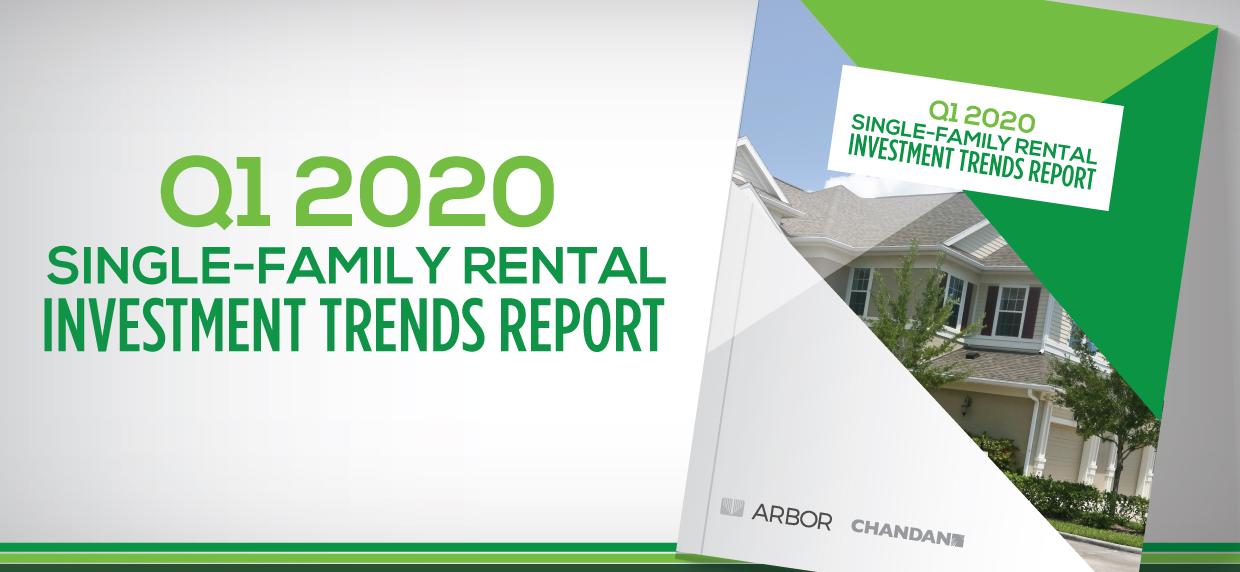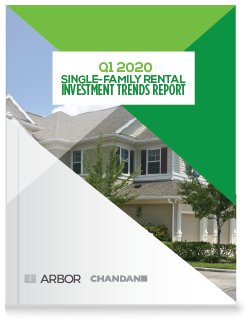The U.S. housing market reflects a patchwork of local needs, preferences, and geographies, creating distinct storylines. Across the country, many significant shifts have occurred over the last five years, an analysis of U.S. Census Bureau data shows. More expensive housing markets tend to support higher percentages of rental households, and in fast-growing metros, rentals have become a highly effective and flexible way to house new residents.

COVID-19 Creates Immediate Challenges, Long-Term Opportunities
COVID-19 has hit the U.S. economy in full force. Yet leasing and investment brokers are still reporting a high demand for single-family rentals (SFRs).
Chandan Economics estimates occupancy rates on transacted SFRs increased to 98.5% in the first quarter of 2020. As a niche sector, SFRs benefit from particularly strong tenant retention. During difficult economic times, SFRs are likely to attract people who would otherwise choose to purchase their own homes. They also appeal to tenants wanting the flexibility of renting. The analysis concludes that with appropriate underwriting standards and financially secure households, SFRs should see a future surge in demand.
Download the full report, “Q1 2020 Single-Family Rental Investment Trends Report,” for the latest insights on:
- State of the Market
- Occupancy
- Cap Rates & Prices
- Loan-to-Value Ratios
- Debt Yields
- Build to Rent
- Future Demand


